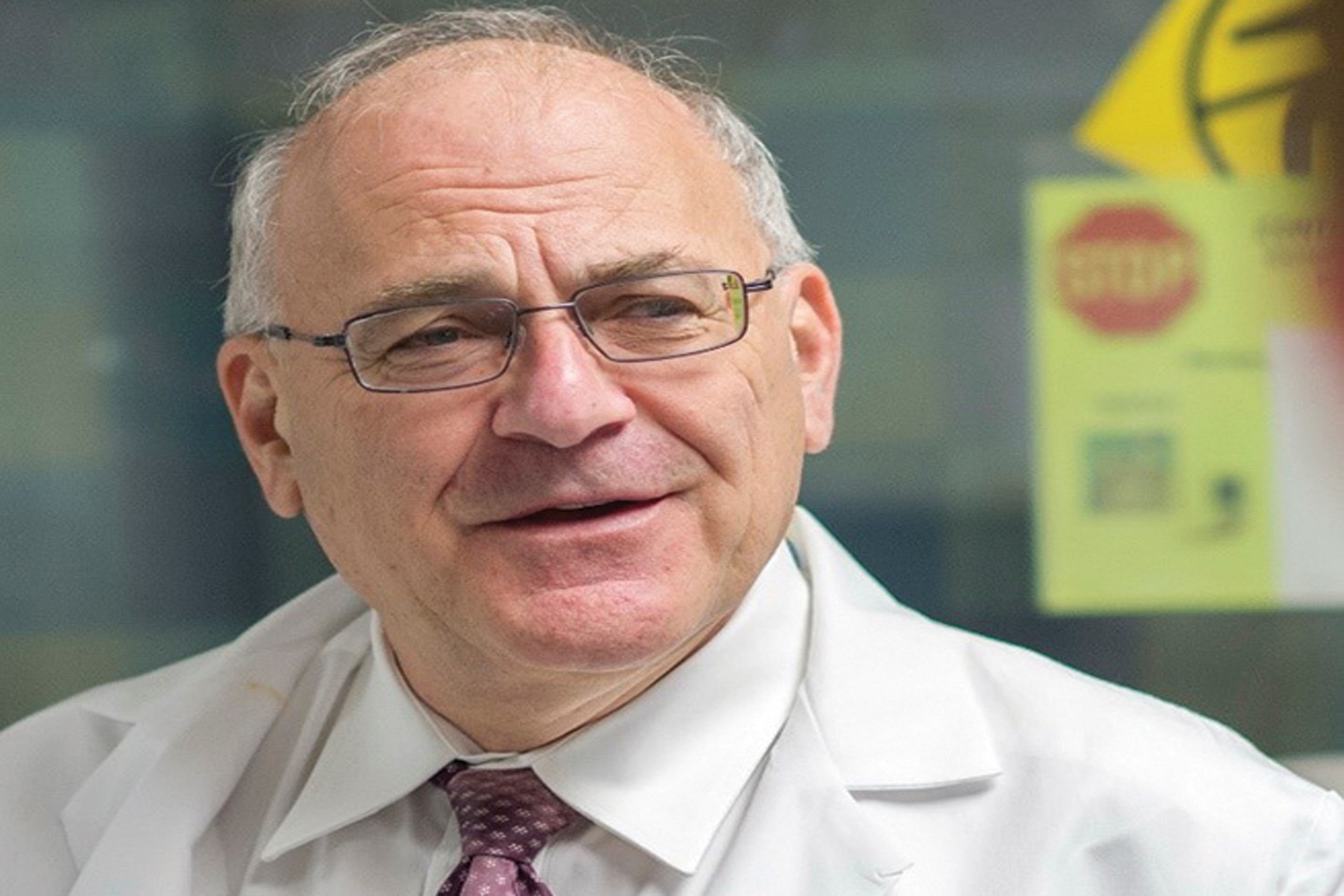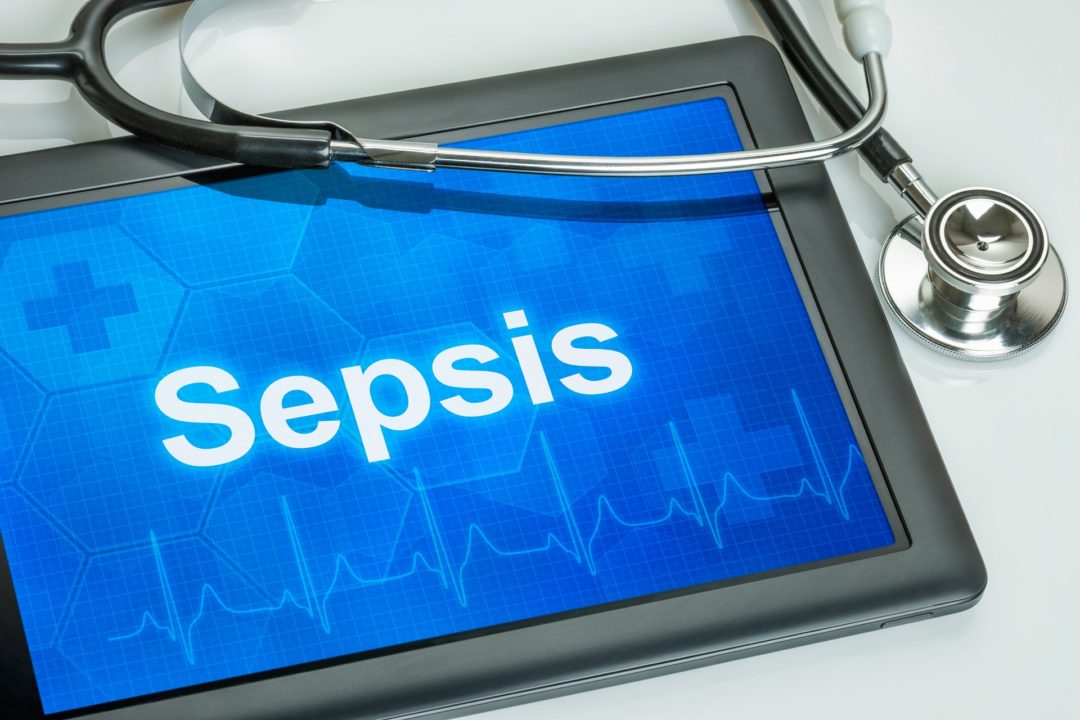Sepsis is a killer of millions. It’s a deadly disease without a publicity agent or major fund-raising organization, yet most people don’t know much about it. How does it kill and how does it develop? Why are hospitalized patients more susceptible to it?
If you check the websites of orthodox medicine, you are told something like, “Despite years of research, scientists have not yet developed a medicine that specifically targets the aggressive immune response seen with sepsis.” (1) Drug companies have spent millions searching for a drug they can patent and sell to cure sepsis. Yet one clinician, Dr. Paul E. Marik, MD, FCCP, FCCM, MBBCh, has developed a treatment that is having outstanding results. However, it seems as if most of the establishment is awaiting definitive proof before they use this inexpensive cure with no known downside. What is the cost of this decision? What are the ethics of this? Maybe I am bitter because I have had too many friends and relatives die because of sepsis. Perhaps we should ask Dr. Marik himself for his thoughts on the matter.

Paul E. Marik is the Eastern Virginia Medical School Foundation Distinguished Professor in Internal Medicine, and the Chief, Division of Pulmonary and Critical Care Medicine, Eastern Virginia Medical School, Norfolk, VA. Dr. Marik received his medical degree from the University of the Witwatersrand, Johannesburg, South Africa. He was an ICU attending at Baragwanath Hospital, in Soweto, South Africa. During this time, he obtained a Master of Medicine Degree, Bachelor of Science Degree in Pharmacology, Diploma in Anesthesia as well as a Diploma in Tropical Medicine and Hygiene. Dr. Marik did a Critical Care Fellowship in London, Ontario, Canada, during which time he was admitted as a Fellow to the Royal College of Physicians and Surgeons of Canada. Dr. Marik has worked in various teaching hospitals in the US since 1992. He is board certified in Internal Medicine, Critical Care Medicine, Neurocritical Care and Nutrition Science. Dr. Marik has written over 400 peer-reviewed journal articles, 50 book chapters and authored four critical care books.
Passwater: Dr. Marik, why did you choose critical care medicine?
Marik: Critical Care Medicine is Internal Medicine on Steroids. It’s one of the few specialties where one treats the whole patient (and family). It requires a deep understanding of human physiology, pathophysiology and pharmacology. We can make a big difference in the lives of patients. However, Critical Care Physicians recognize the limits of medicine and are very pro-active in ensuring that patients overwhelmed by disease are allowed a dignified and pain-free death. Furthermore, Critical Care Medicine is a team effort; we work together, celebrate together and sometimes cry together.
Passwater: Many, if not most, are unaware of this killer called sepsis. What is it?
Marik: Dr. William Osler is quoted as saying, “Except for a few occasions, patients appear to die from the body’s response to infection rather than from the infection itself.” Sepsis results from the host’s response to infection being dysfunctional and going out of control resulting in damage to a variety of organs and ultimately resulting in organ failure and death.
Passwater: What causes sepsis? Why does an infection turn into deadly sepsis?
Marik: The most common causes of sepsis are pneumonia, urinary tract infection and intra-abdominal infection. An infection turns into sepsis because of a dysfunctional host immune system; this likely related to bacterial and host risk factors.
Passwater: What points of this progression did you decide to attack to prevent and/or cure sepsis?
Marik: The most important factor in improving the outcome of sepsis is early diagnosis and early treatment with antibiotics.
Passwater: Was there a “eureka moment” or breakthrough episode that encouraged you to try your combination?
Marik: It was January 2016. I was faced with a 53-year-old previously healthy patient who was dying from overwhelming sepsis. When one is confronted with such a situation one must think “outside the box.” I had previously read the work on vitamin C and postulated that vitamin C and corticosteroids may act synergistically to reverse many of the pathological features of sepsis. So as a life-saving, last-ditch intervention, I tried this combination, not really expecting it to work. The next day I was “blown away”— the patient had made a remarkable recovery. She subsequently left our ICU four days later with no residual organ dysfunction. That was the eureka experience for me.
Passwater: Why did you decide to include vitamin C?
Marik: There is an enormous amount of basic science research indicating the potential benefit of vitamin C in sepsis. In addition, there is a large body of clinical evidence relating to the safety of vitamin C in the dosages that we used.
Passwater: Why did you decide to include thiamine (vitamin B1)?
Marik: Thiamine is required for the metabolism of vitamin C to prevent hyperoxalosis. In addition, thiamine probably acts synergistically with vitamin C to improve cellular energy production.
Passwater: Why Hydrocortisone?
Marik: Steroids act synergistically with vitamin C to restore the immune balance in patients with sepsis.
Passwater: Was it a difficult decision to try this combination on patients? Did you try all three components together or did you add them one at a time?
Marik: No, it seemed a pretty obvious plan; the stars just seemed to align. The first patient was treated with the combination of vitamin C and steroids. We added the thiamine to all subsequent patients.
Passwater: What have the results been so far?
Marik: We have treated over 700 patients. The response has been predictable and reproducible each time. Thousands of patients have now been treated across the world with a similar outcome. However, it is important to stress that the earlier the treatment protocol is started the better the results. Further, the dosages and treatment protocol should not be altered.
Passwater: An early publication appeared in the literature in 2017. (2) What additional studies are underway?
Marik: There are currently seven randomized controlled trials (RCT) across the world testing the combination of Hydrocortisone, Ascorbic Acid and Thiamine (HAT therapy). See www.Clinicaltrials.gov. In addition, three RCTS are testing vitamin C alone. These studies will hopefully validate our findings and better define the patient populations most likely to benefit.
Passwater: Several physicians have already adopted the Marik Protocol for their sepsis patients. I know you refrain from calling it that, but the reality remains that others do, and your “HAT Therapy” is becoming widely known as the Marik Protocol. We have mentioned it as such several times in past columns. Yet, other physicians have decided to await larger studies or a “definitive proof.” Some are still waiting for an acceptable proof for gravity. Is it an insurance problem? What is the cost in lives and misery of not using this inexpensive protocol immediately?
Marik: This is a good question. The protocol is completely safe and without ANY side-effects; there are almost no other medical interventions that can make such a claim. Our own experience and that from across the world demonstrates the efficacy of this intervention.
So, what do you have to lose? Some would consider it unethical not to offer this therapy. An economic analysis done by an independent group of investigators (in Australia) have demonstrated that our protocol has the potential to save the US $74 billion over five years and save millions of lives. I therefore don’t believe that physicians need to wait until the results of the RCTS are available to treat their septic patients; this will result in an enormous human and financial cost.
Passwater: Is there a good way that readers can “encourage” physicians to consider the Marik Protocol if they have a relative or friend being treated for sepsis?
Marik: Most physicians consider our treatment as being “Snake oil medicine” or “Fairy Dust treatment”; however, they are ignorant regarding the enormous amount of scientific research that has been conducted and published in this area. Physicians need to keep an open mind and read for themselves some of the research that has been done. This will allow them to understand the scientific rationale for this cheap, safe and simple combination therapy.
Passwater: Does it make sense for anyone hospitalized with an infection to consider taking vitamin C supplements just in case?
Marik: We believe that critically ill patients in the ICU will benefit from this treatment. It makes sense to extend this treatment to patients admitted to the “floor” with sepsis or those treated as an outpatient for an infection. However, additional studies need to be done in this regard. For floor patients we would recommend a 1.5 g IV loading dose, followed by 500 mg PO (orally) for four days, then 100mg daily. We would not recommend using steroids but would add a B multivitamin. For patients treated as an outpatient we would suggest 500 mg orally four times daily for four days, then 100 mg daily, plus a B multivitamin (no steroid). However, it is important to emphasize that we have not tested this approach on non-ICU patients and it remains unclear if such an approach will improve patient outcomes.
Passwater: Michael Passwater discussed the biochemistry of vitamin C and sepsis in last month’s column in preparation for this discussion. (3) Where can readers find more information about the Marik protocol?
Marik: Our protocol is listed at multiple sites on the internet; Just Google, “Vitamin C for sepsis” or “Marik Protocol.”
Passwater: Thank you very much Dr. Marik. Readers can also find more information on the Whole Foods magazine website. (3,4)
NOTE: The statements presented in this article should not be considered medical advice or a way to diagnose or treat any disease or illness. Dietary supplements do not treat, cure or prevent any disease. Always seek the advice of a medical professional before adding a dietary supplement to (or removing one from) your daily regimen. The opinions expressed in bylined articles are not necessarily those of the publisher.
References:1. https://www.nigms.nih.gov/Education/Pages/factsheet_sepsis.aspx (accessed on June 10, 2018) 2. Marik PE, Khangoora V, Rivera R, Hooper MH, and Catravas J. Hydrocortisone, Vitamin C, and Thiamine for the Treatment of Severe Sepsis and Septic Shock: A Retrospective Before-After Study. Chest. 2017 Jun;151(6):1229-1238. doi: 10.1016/j.chest.2016.11.036. PMID: 27940189 DOI: 10.1016/j.chest.2016.11.036. 3. Passwater, R.A. Vitamin C, Sepsis, and Blood Vessel Health. An Interview With Michael E. Passwater. October (2018) https://wholefoodsmagazine.com/columns/vitamin-connection/vitamin-c-sepsis-and-blood-vessel-health/ 4. Passwater, R.A. Are Liposome-Encapsulated Vitamin C And/Or The Levy Multi-C Protocol More Effective Than Intravenous Vitamin C? – Part 2. An Interview with Dr. Thomas Levy. Sep (2018) https://wholefoodsmagazine.com/columns/vitamin-connection/are-liposome-encapsulated-vitamin-c-and-or-the-levy-multi-c-protocol-more-effective-than-intravenous-vitamin-c-2/










